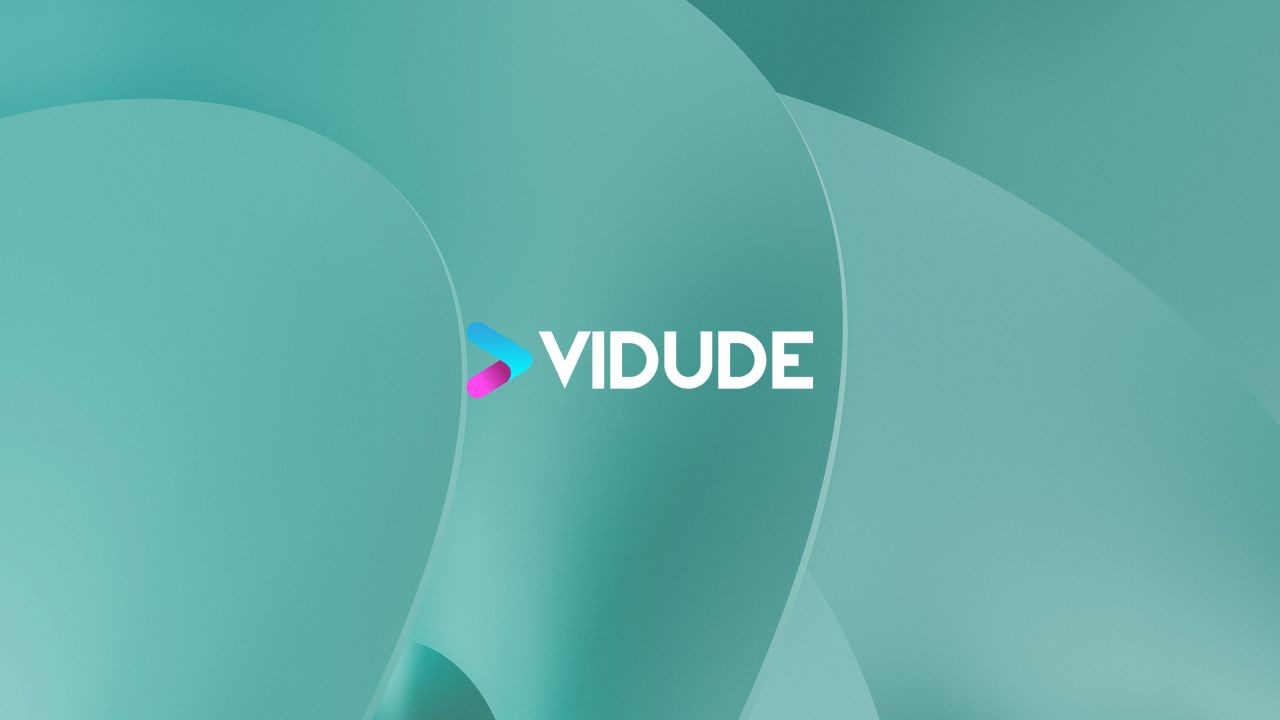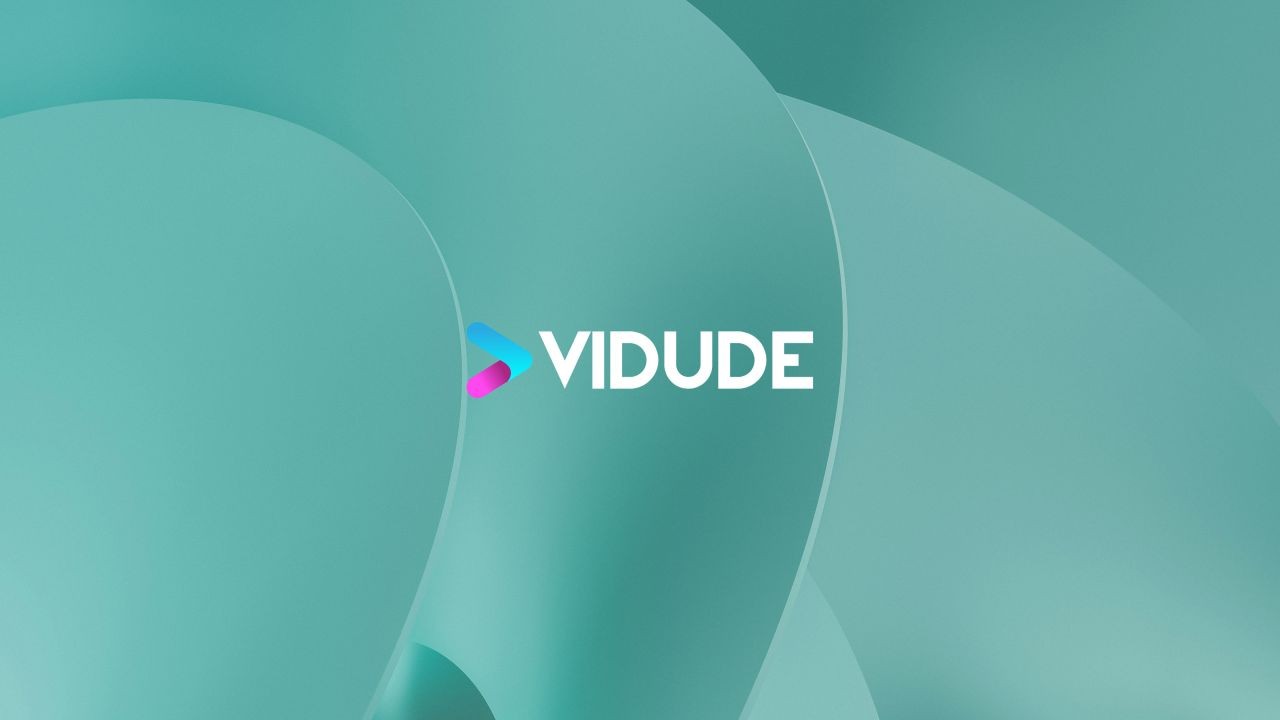Australia's retirement savings landscape offers a unique choice between Superannuation Funds and Self-Managed Super Funds (SMSFs), each with distinct advantages and risks. As Australians navigate the complexities of securing their financial future, the decision between these two options becomes increasingly critical. With the Australian Superannuation system boasting over AUD 3 trillion in assets, understanding the nuances of these options is essential for informed decision-making.
Understanding the Basics: Superannuation vs. Self-Managed Super Funds
Superannuation is a mandatory savings program designed to ensure Australians have income during retirement. Managed by professional fund managers, these funds offer a hands-off approach, with investments diversified across various assets. Conversely, SMSFs provide individuals with the autonomy to manage their funds, offering flexibility but also requiring a comprehensive understanding of investment strategies and regulatory compliance.
The Australian Economic Context
Australia's economy, characterized by its robust growth and low unemployment rates, underscores the importance of strategic retirement planning. According to the Reserve Bank of Australia (RBA), the nation's economic stability makes it an attractive environment for investment, but it also imposes challenges in terms of inflation and market volatility. The Australian Prudential Regulation Authority (APRA) closely monitors Superannuation Funds, ensuring they adhere to stringent regulatory standards to protect investors' interests.
Pros and Cons: Superannuation Funds
✅ Pros:
- Professional Management: Superannuation funds are managed by industry experts, ensuring diversified investment portfolios.
- Regulatory Oversight: APRA's regulation provides a layer of security, minimizing financial risks for individual investors.
- Economies of Scale: Larger funds benefit from reduced fees and increased bargaining power in the market.
❌ Cons:
- Limited Control: Investors have little say in specific investment choices, which may not align with personal financial goals.
- Standardized Offerings: Investment options are generally standardized, potentially limiting returns for more aggressive investors.
Pros and Cons: Self-Managed Super Funds
✅ Pros:
- Control and Flexibility: SMSFs allow investors to tailor their investment strategies to align with personal financial objectives.
- Tax Advantages: SMSFs can offer significant tax benefits when managed effectively.
- Investment Choices: Investors can explore a broader range of assets, including property and collectibles.
❌ Cons:
- Complexity and Responsibility: SMSFs require a thorough understanding of investment principles and regulatory compliance.
- Higher Costs: Establishing and maintaining an SMSF can be more expensive than traditional superannuation funds.
Case Study: The Transition to SMSFs
Case Study: ABC Pty Ltd – From Superannuation to SMSF
Problem: ABC Pty Ltd, a mid-sized engineering firm in Melbourne, identified that its employees were dissatisfied with the performance of their existing superannuation fund, which had underperformed industry benchmarks by 2% annually.
Action: To address this issue, the company transitioned to an SMSF, offering employees more control over their retirement savings. The firm initiated a series of workshops to educate employees on investment strategies and compliance requirements associated with SMSFs.
Result: Within two years, ABC Pty Ltd's SMSF members experienced a 4% increase in annual returns, significantly outperforming their previous fund. Additionally, the SMSF structure allowed members to invest in a wider range of assets, including Australian properties, which yielded a 5% growth in asset value.
Takeaway: This case study demonstrates the potential benefits of SMSFs for individuals seeking greater control over their retirement savings. However, it also highlights the importance of proper education and support to navigate the complexities of SMSF management.
Common Myths and Mistakes
Myth: "SMSFs are only for the wealthy."
Reality: While SMSFs can be cost-effective for larger balances, they are equally accessible to middle-income earners with the appropriate financial guidance (Source: ASIC).
Myth: "Superannuation funds are always safer than SMSFs."
Reality: Both options carry risks, and safety largely depends on the individual's investment strategy and market conditions (Source: APRA).
Myth: "SMSFs guarantee higher returns."
Reality: Although SMSFs offer more control, they do not inherently provide higher returns and involve higher risks and responsibilities (Source: RBA).
Future Trends and Predictions
Looking ahead, Australia's retirement savings landscape is expected to evolve significantly. According to Deloitte's Superannuation Report 2025, there will be an increased emphasis on sustainable and ethical investments within superannuation portfolios. As environmental, social, and governance (ESG) factors gain prominence, both Superannuation Funds and SMSFs will likely integrate these considerations into their investment strategies.
Moreover, technological advancements will play a pivotal role in enhancing the transparency and efficiency of both Superannuation and SMSF management. The integration of artificial intelligence and blockchain technology is anticipated to streamline administrative processes and improve decision-making capabilities, ultimately benefiting investors.
Final Takeaways
- Superannuation Funds: Offer professional management and regulatory oversight but with limited control.
- SMSFs: Provide flexibility and control but require significant responsibility and understanding of investments.
- Case Study Insights: Highlight the potential benefits of transitioning to SMSFs for enhanced returns and investment choices.
- Future Trends: Emphasize the growing importance of ESG factors and technological integration in retirement savings management.
In conclusion, the choice between Superannuation and SMSFs depends on individual financial goals, risk tolerance, and investment knowledge. Understanding the intricacies of each option and staying informed about industry trends can empower Australians to make informed decisions about their financial future. What strategies have you considered for managing your retirement savings? Share your insights in the comments below!
People Also Ask
What are the biggest misconceptions about SMSFs? One common myth is that SMSFs are only for the wealthy. However, research from ASIC shows that they can be accessible to a broader range of income earners with the right financial guidance.
How does the Australian economy impact Superannuation Funds? According to the RBA, Australia's stable economy and low unemployment rates make it an appealing environment for superannuation investments, although inflation and market volatility remain challenges.
Related Search Queries
- Superannuation vs. SMSF returns
- Best SMSF investment strategies
- Superannuation management in Australia
- SMSF compliance requirements
- Future of superannuation in Australia
































FRieght R US
6 months ago